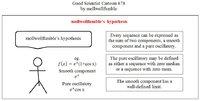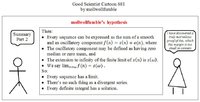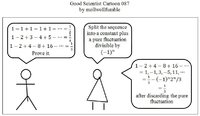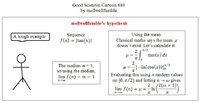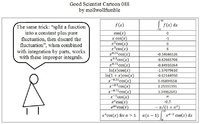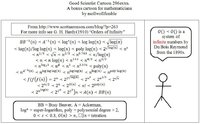mollwollfumble
New member
- Joined
- May 4, 2019
- Messages
- 12
Hi, 8 years ago I asked the "what if" question "what if the infinite limit of n is not equal to the infinite limit of 2n?" This led to to rediscovery of dozens of systems of infinite numbers that are being largely overlooked by mathematicians, including Conway's surreals, Robinson's hyperreals, du Bois-Reymond's infinitary calculus, the Veronese continuum and Hahn series. These five systems of infinite numbers are largely equivalent and in each an "actual infinity" small-omega can be defined. Enough introduction, now for the cartoons. In the first cartoon, with title "Your infinity is too small", I list the most useful systems of infinite numbers - and those with the funniest names.
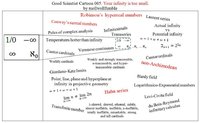
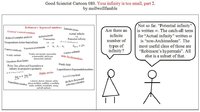
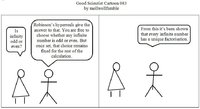

To be continued (because forum only allows 4 images at a time).




To be continued (because forum only allows 4 images at a time).

